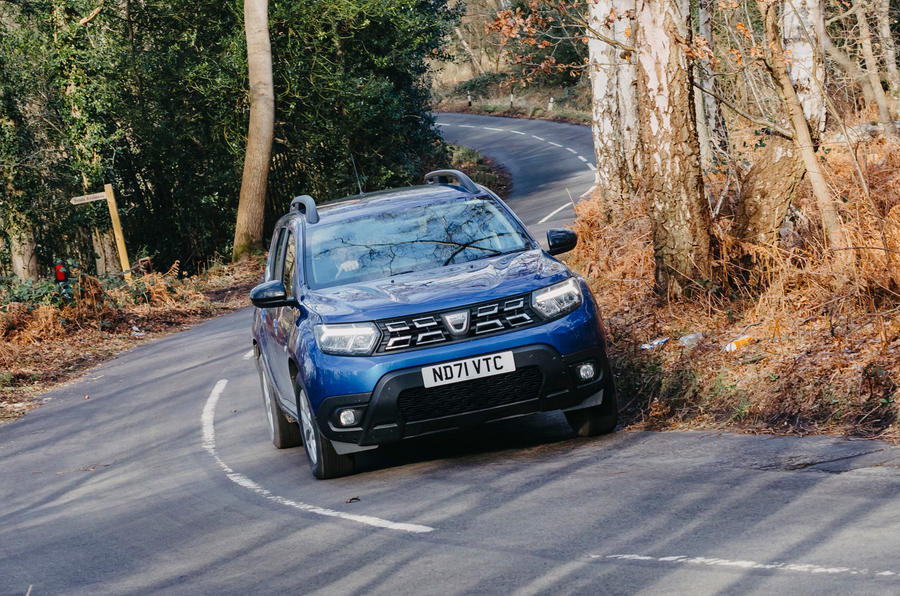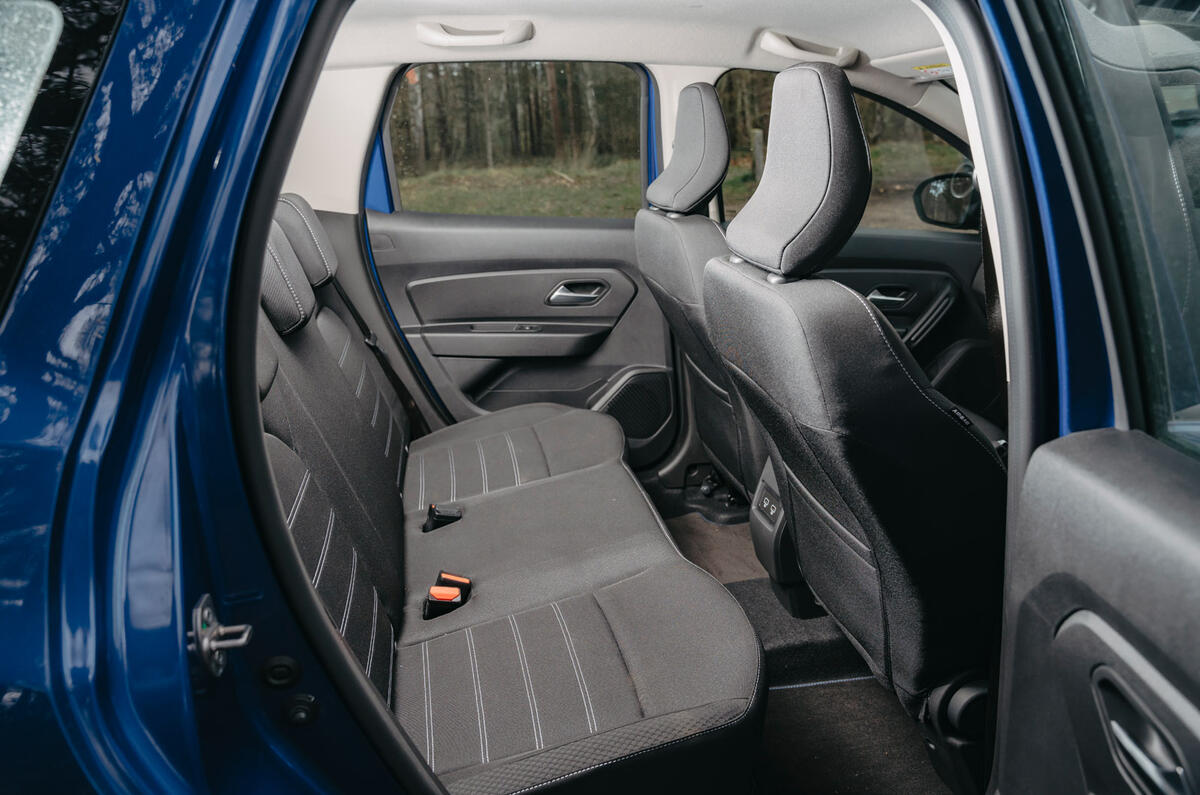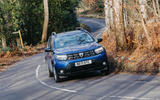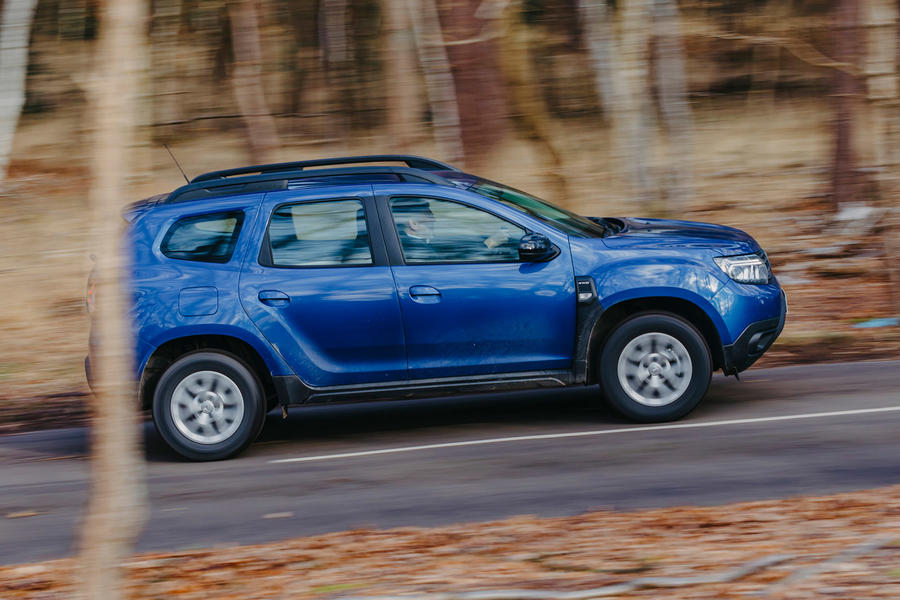Why we ran it: To see if the Dacia Duster is the market’s best-value SUV, and that it still embodies the Dacia ethos of functionality with affordability after a refresh
Duster: Month 6 - Month 5 - Month 4 - Sandero Stepway: Month 3 - Month 2 - Month 1 - Specs

Life with a Dacia Duster: Month 6
You may already have twigged that the Dacia Duster 4x4 long-termer that has served me well for the past few months – and was due earlier this month to be handed on to a new owner – isn’t going anywhere.
I’ve decided to buy it as a replacement for the long-serving Citroën Berlingo Multispace that has been our household’s do-it-all runabout for the past 19 years. This has been a wrench, but having savoured and approved of the Duster’s excellent audition for the role (and having realised that the Citroën is starting to need more titivation than it once did), I’ve decided to make the switch.
I know what you’re thinking. If a bloke shells out his own cash for a nearly new car (new official price was £21,040, plus £788 afterfit towbar; I’m paying £19,600), he’s hardly likely to be impartial about whether it’s a good car or not. People aren’t. But then, I was pretty damned partial even before this long-term test began: I covered this revised Duster’s launch for Autocar and rated it highly.
Along with other Dacias, the Duster makes you wonder why on earth people pay so much for other cars. In the olden days, cheap cars were classed and equipped as ‘poverty models’, with one sun visor, no parcel shelf and no lid on the glovebox.
But today’s average Duster (mine’s a mid-spec Comfort, recently renamed Expression) has more gubbins than plenty of cars costing a lot more: a reversing screen, automatic lights and wipers, rear parking sensors, Apple CarPlay and a truckload of other modern essentials.
Big money is saved elsewhere in its make-up: for instance, the only available upholstery is a hefty black fabric, durable enough to win the war.
The air-con isn’t climate controlled. Instead, it blasts you enthusiastically from round holes in the dashboard. It isn’t the most powerful going, either, as I’m finding out today (it’s 38deg C). But for 363 days of the year, it’s fine, and even today it’s coping. There are no front parking sensors because Dacia takes the not unreasonable view that you’re looking forward anyway. Pragmatic thinking is evident all over this car, one of the reasons I so like it.







































































Join the debate
Add your comment
Great minds, Steve 'Shiny Arse' Cropley. Swapped from diesel Gen 2 Blingy to 4x4 Duster, though petrol, so only giving 50mpg & 500 miles range. Same 4.3Xm by 1.8m footprint, so a wieldy size on rural lanes. Only half the space in 'van' mode, but never did fill the Berlingo. Rear access much worse, but the Berlingo rear sliders would hard to surpass in child & dog mode. Both having monomeric street cred is another shared positive!
More critically, look at that 4.3Xm long Defender 90 on your fleet - 300bhp and cannot make 120mph? OK, academic, but very telling of its horrendous inefficiency! Alright if they saunder about at old Landy speeds, but these ghastly things are flying about in the outside lane, hence the 30, not 60 mpg. Almost twce the weight, three times the cost and woefully lamentable rear space & access.
Not envy, as could run a Bentayga or Cullinan, but having to limit my 4x4 motoring to the hours of darkness would be a drag. Plus that constant, nagging worry that I had cut the eye holes in the paper bag in the wrong place....
A month ago I bought a Dacia Duster. Overall, the impression is positive. I am happy that I made the choice in favor of Duster. It has exceeded all my expectations - I drive it and I can't be happy about it. The feeling of euphoria does not leave me for a month. But the audio system, most likely, I will change - it turned out that the sound in the Duster is not worth even three. But there must be at least some disadvantages.
Lia Hughes - essay writer online in the company Writemyessaysos.
Lia, your post should be used as a warning for all students of English NOT to use 3rd parties for university cousre work.
"cousre" work. Oh, the irony!!!!